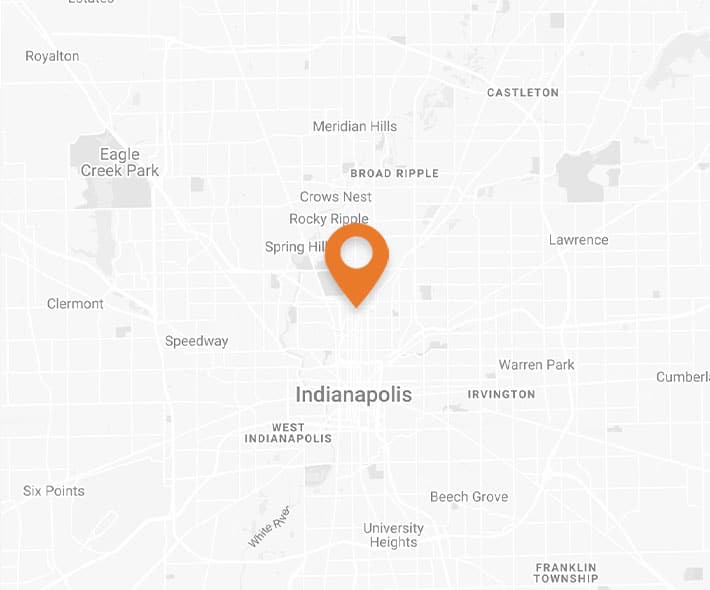Seven Common Causes of Workplace Injuries
Updated December 9, 2024 | By Wilson Kehoe Winingham staff
Workplace injuries are common, they can happen to anyone, and they can be totally random—or they can be a result of negligent behavior on behalf of an employer or supervisor. Injuries could result in lost wages, missed work, temporary or permanent disabilities, lifestyle changes, pain and suffering, or death.
Workplace injuries can come in all different shapes and sizes: broken bones, dislocations, sprains and strains, back, neck, and head injuries, cuts, and lost or impaired limbs.
However, it doesn’t matter what type or how serious your injury might be; if you’ve suffered from a workplace injury, never under-utilize workers’ compensation or legal recourse. But, how do you know if your employer is to blame?
Most Common Causes of Workplace Injuries
It can be hard to identify the cause of a workplace injury. If you’ve suffered any injuries while on the job, compensation might be available to you. Stay informed, and know these common causes of workplace injuries to see if you meet the criteria.
Overexertion
Workers who spend most of their day performing strenuous activities, like lifting, holding, pushing, or lowering heavy objects, can easily push their body past its limit. A workplace injury from overexertion could manifest itself as chronic or recurring neck and back pain, for example. Overexertion is difficult to avoid, however, so it’s important to take frequent breaks and listen to your body.
Repetitive Motion
When a worker’s daily duties involve performing the same action over and over, it can cause a repetitive motion injury. This constant wear and tear on the body can cause trauma to the nerves, muscles, ligaments, and tendons. Those suffering from a repetitive motion injury may be diagnosed with tendonitis, osteoarthritis, bursitis, or carpel tunnel syndrome—which may require pricey corrective surgery and countless missed workdays.
Falling from High- and Low-Level Heights
A fall doesn’t have to occur from a high level to cause serious harm to the body. One fall could result in cuts, bruises, broken bones, dislocated joints, and other musculoskeletal injuries.
Slips/Trips
When a worker slips or trips on the job, whether by uneven surfaces, wet floors, spills, or foreign objects (among other influences), they could suffer from broken bones or torn muscles.
Body Reactions
A worker can sustain a reactionary injury without actually slipping, tripping, or falling. The body’s instinctual reaction to catch itself could wind up straining, pulling, or tearing muscles.
Entanglement in Equipment
All machinery should be heavily guarded, well-maintained, and generally safe for use. Life-altering injuries can occur when these safety measures aren’t properly carried out. As a result, there are incidents where a worker’s hair, clothing, shoes, hands, arms, and other body parts become entangled in the machine. These injuries could result in amputation, mutilation of body parts, and other severe injuries.
Falling Objects
Improperly secured objects can fall from shelves or trucks, and co-workers may accidentally drop an object from a higher level. When these objects strike a worker, they could suffer major head injuries, which should always be taken seriously.
Contact a Workplace Injury Attorney Today
Some accidents are preventable; others, not so much. If you or a loved one have been injured at your place of employment, you are urged to contact the Indianapolis Workplace Accident Lawyers of Wilson Kehoe Winingham. The lawyers at WKW can help you get the compensation you deserve. Call 317.920.6400 or fill out an online contact form for a free, no-obligation case evaluation.
Contact Us
Let WKW put our experience to work for you. Contact us for your free case evaluation.
Or, call us today at (317) 920-6400


